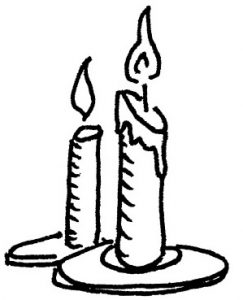 I’m wishing my friends in the southern hemisphere a magical Lughnasadh, and to my friends in the north, an enchanted Imbolc to you, as the Wheel turns from the cold and dark and snow of winter to the first signs of spring. This year Imbolc falls on February 3 – you can check the exact time for your region here.
I’m wishing my friends in the southern hemisphere a magical Lughnasadh, and to my friends in the north, an enchanted Imbolc to you, as the Wheel turns from the cold and dark and snow of winter to the first signs of spring. This year Imbolc falls on February 3 – you can check the exact time for your region here.
Energetically it’s a time of awakening, rebirth and re-emergence. Nature fills with life force and begins to quiver with the energy to grow again, and we start to emerge from the chill of winter, shaking off our lack of motivation and re-engaging with the world, making it a great day to sow the seeds of what you want to achieve in the coming year. Meditate on your goals and get clear on the steps you’ll need to take to get there. Imbolc is about new beginnings, and in some magical traditions it is the day chosen for initiations and re-dedications, so if you want to make a pledge to a new path or a new goal, or a personal vow of any kind, you will be supported by the energy of the season.
This is the festival that marks the beginning of spring, and celebrates the lengthening of the days and the returning of the light as it illuminates the land and our own hearts. Mythologically, this was when the goddess transformed into the maiden and waiting bride, signified by the new blossoms and the quickening energy within the earth, and the infant god continued to grow in power, represented by the longer days and increasing strength of the sun. Astronomically, the cross-quarter day of Imbolc falls midway between the winter solstice and the spring equinox.
Energetically it’s a time of awakening, renewal and re-emergence, as nature fills with life force and begins to quiver with the energy to grow again, and we too start to emerge from the chill of winter, shaking off our inertia and lack of motivation and beginning to re-engage with the world. It’s also a time of purification and cleansing after the long dark of the winter months, of stripping away the old so the new can emerge. Imbolc is one of the four fire festivals of the year, and great bonfires would be lit not only in celebration but also for purification, so cleansing – the famous spring cleaning – has always been an important aspect of the day.
Imbolc is a festival of light, celebrating the return of the sun and its life-giving warmth. It is dedicated to Bridie, the maiden fire goddess, whose transformative flames help purify and burn away doubt and pain. Bridie, also known as Bridget and Bride, was associated with inspiration and creativity, making it a great day to express your inner muse. She was also linked with intuition, and because the ancients believed that the veil between the worlds was thinner on the cross-quarter days, she was invoked for assistance with divination rituals and prophecy at this time, including weather prognostication.
Imbolc remains a day to honour the fertility of the land and our own selves. As the first signs of spring start to manifest, and the earth quickens with an energy that can be tangibly felt, it’s a powerful time to do healing work of any kind, and send energy to friends around the world. You can also increase your knowledge in an area you’re interested in, expand your creativity, and tend to activities that are overlooked in the busy months of summer – making candles, sewing dream pillows, grinding herbs and blessing the seeds you’ll plant in spring.
All over the world the coming of spring is celebrated as a time of hope, renewal and fresh starts after winter’s slowness. In Japan (in the northern hemisphere, where Imbolc falls around February 3 or 4), the Shinto spring festival of Setsubun is recognised as the first day of spring. Special purification rituals are performed to cleanse away the negativity of the old year and allow the new to blossom into life, and beans are thrown to deter bad spirits. Chinese New Year is also a spring festival that ushers in new energy and transformation. To absorb its spirit, spring clean your home, throwing out any tired reminders of the old year to make space for the good fortune of the new year to enter. Burn sage sticks or perform a house blessing ritual to clear any negative energies that have settled inside during winter, have a ritual bath and drink cleansing herb teas and plenty of water with a squeeze of lemon to detoxify your body.
As the flowers begin to blossom after winter’s chill, weave a wreath of primroses, dandelions and other spring blooms to wear in your hair, or plant these flowers in your garden to call on the energy and life force of the season. Make Bridie Crosses with stalks of wheat or pipe cleaners to hang around the house as symbols of the goddess and of protection. Light candles and set them in all your windows and throughout the house, then burn white or pale blue candles for your ritual – or simply for your dinner table – to embody the innocence and purity of the day, and represent the purifying power of the element of fire.
For thousands of years, Imbolc has been celebrated with rituals involving the lighting of candles and fires to represent the return of the warmth and light and the slowly increasing power of the sun. To absorb this fire energy, perform some candle magic. Light a white or gold candle and stare into the flame as you concentrate on what you want, then blow it out, sending your desire out to the universe. Making a wish as you blow out the candles on your birthday cake is a magic that has survived from pagan times, and is a potent way to manifest your dreams into reality, whatever day it is.
If you want to hold a simple ritual with friends, sit in a circle, each with a tealight candle. One person lights their candle as they make a wish or a statement of intent, then the next person ignites theirs from the one that is already lit, going around the circle in a deosil (with the sun) direction, which is anti-clockwise in the southern hemisphere, until you have a vibrant ring of fire. The last person should light a large central candle with their tealight, which will absorb and hold the magic of the group and can be lit whenever you are together again.
You can also hold a candle-making party, infusing each waxwork creation with your personal energy, or give everyone a floating candle, light them and set them adrift on a pond or pool, or just in a bowl of water, sending your intentions out into the universe and calling on the magic of all the elements to help you make them come true. Bridie is also associated with sacred wells, so combining the elements of fire and water in this way helps you further absorb her archetypal energy.
Like most pagan festivals, the Church superimposed its own holiday over Imbolc. It turned the festival of the goddess Bridie into the feast day of Saint Bridget, a figure also associated with the sacred flame. To temper the significance of the pagan candle ceremonies, they declared the next day Candlemas, the day the priests bless the church candles. And in the Roman Empire, where candlelight processions in honour of Juno, the goddess of marriage, were held on this day, the Pope created a holy day, the Purification of the Blessed Virgin, marked with a candle ceremony, to honour the day they decided Mary became “clean” again 40 days after giving birth. Each of these new celebrations still incorporated the old traditions of purification, cleansing and fire, so the seasonal associations remained, hidden within the new religion.
And here are a few Imbolc recipes for you 🙂 xx
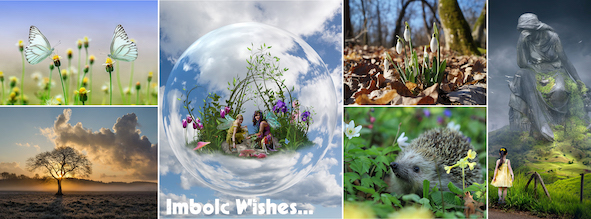

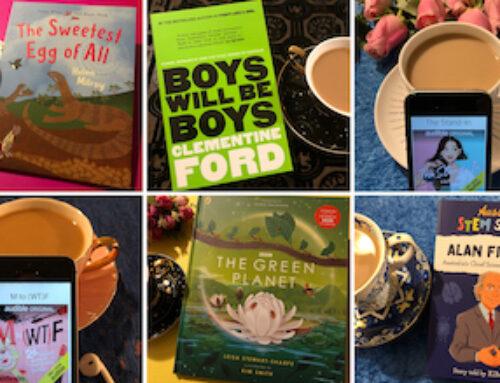
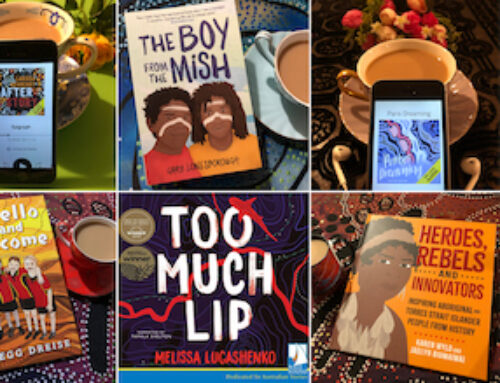

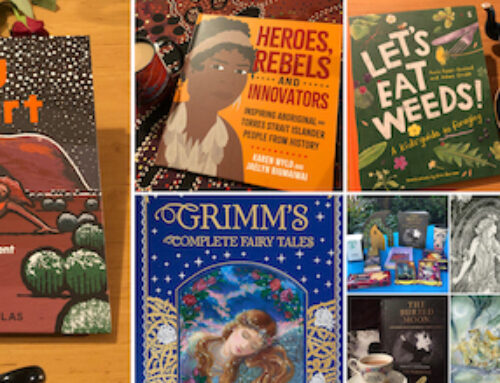


[…] Home/Blog, Magic, Wheel of the Year/Lughnasadh Blessings… Previous […]